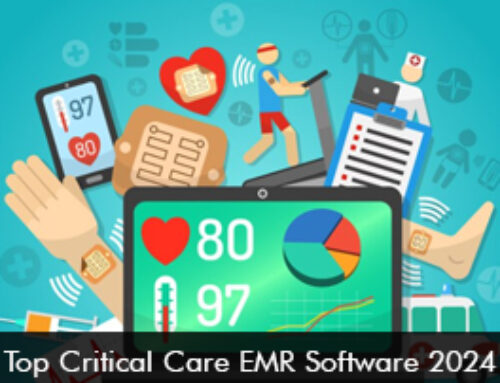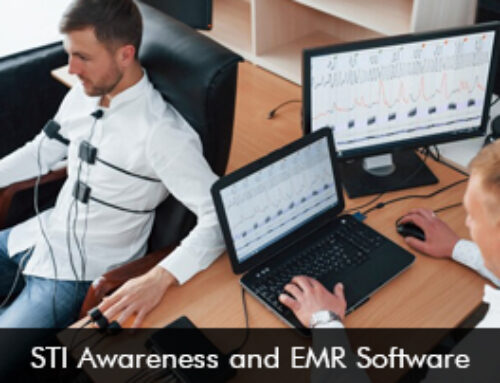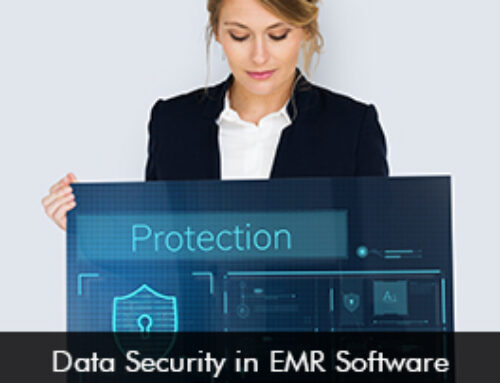Hospitals and healthcare providers face several unnecessary and excessive administrative constraints, which result in diminished patient care and lower patient outcome levels. According to national data, 50% of medical personnel and staff members are burned out as a result of the administrative burden, which is driving up healthcare expenses.
EMR Software and administrative tasks
The robust technology of EHR solutions has facilitated providers to enhance the overall care process by focusing on their patients who have chronic healthcare conditions. Fortunately, Electronic Medical Records (EMR) Software has helped to streamline and automate manual administrative tasks.
A framework should be established by healthcare organizations to find out the root cause of administrative burdens. It is reported that Americans spend $9,700 yearly on healthcare. Of that sum, an estimated $720 goes to administrative costs including billing errors.
Operational and Administrative Tasks that can be automated and simplified with EHR Technology
Electronic medical records software can improve efficiency, accuracy, and patient care by automating different operational and administrative operations in a hospital. Here are some examples of tasks that EMR software can automate:
- Appointment Scheduling
- Patient Information Management
- Billing and Claims Submission
- Prescription Generation
- Documentation
- Order Entry
- Report Generation
- Patient Communication
EHR Software and Healthcare Technology Tools that can Reduce Administrative strain
- Leveraging Artificial Intelligence (AI) – AI technology can be used by hospital systems and healthcare organizations to automate financial bills and claims to process. Financial tasks can put a strain on providers, when robotic process automation is used then practices can eliminate unnecessary procedures and also reduce costs.
- Electronic health records software functionalities – EMR systems offer ease of use and the right functionalities for medical practices of all sizes to streamline administrative, financial, and clinical tasks. Patient data and medical histories are stored electronically which can be used promptly and efficiently for the best patient treatment. Tools such as the patient portal platform allow patients to book online appointments and the reminders alert feature automatically sends appointment alerts to patients through emails and messages which eliminates the pressure off staff members to make reminder phone calls to patients.
- The use of healthcare mobile apps by providers – Powerful and intuitive mobile apps facilitate healthcare providers by providing them with relevant medical resources and literature in the palm of their hand which enhances patient care. There are also administrative apps for providers which facilitate them to operate more efficiently. For example, an app named HanDBase tracks and monitors the patient’s diagnosis and all financial billing and insurance details and information.
- Using revenue cycle management products to combat administrative burden –Revenue Cycle Management (RCM) Software can be deployed to improve financial procedures, reduce billing errors, and handle end-to-end claims processing. A successful RCM solution helps to maintain the financial stability of practice by ensuring proper reimbursement from Medicare patients and offering opportunities to review any revenue shortfalls.
Technology and workflow automation
One of the key difficulties in the US healthcare system is the administrative load. Fortunately, in this day and age of technology, electronic health record software, and digital technologies, hospitals may quickly lessen their load.
However, this is not a quick fix; instead, clinicians must educate staff members and everyone in their practice on the benefits of using technological tools to better patient medical care. Automating workflows is a practical strategy for medical organizations to improve healthcare services while lowering expenses.







